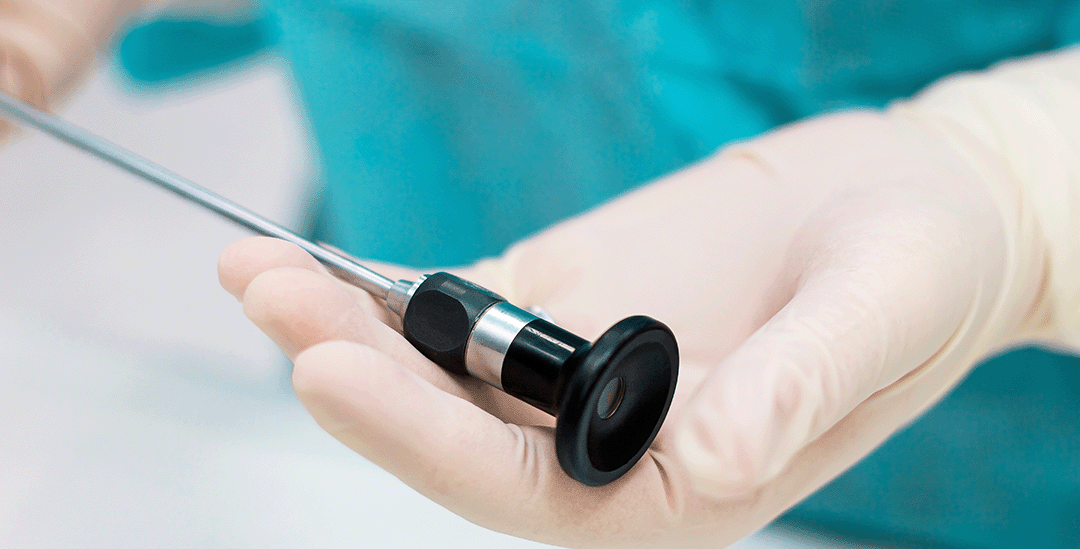Diagnostic and Surgical Hysteroscopy
In numerous instances of recurrent miscarriages and implantation failures, underlying pathologies within the uterus are often identified as the root cause. These may include connective tissue formations such as myomas or septa, which have the potential to constrict the uterine cavity.
Hysteroscopy plays a pivotal role in both diagnosing and treating these conditions.
How is it performed?
Before surgery, the patient undergoes a thorough pre-operative consultation, which includes a detailed explanation of the procedure and a comprehensive discussion about potential surgical risks.
During the procedure, the patient is under anesthesia. At the same time, a slender, illuminated camera is carefully inserted through the cervical opening into the uterine cavity. Real-time images inside the uterus are then transmitted to a monitor in the operating room. In some cases, gentle cervix dilation may be necessary using specialized instruments.
Depending on the specific surgical requirements, additional instruments may be introduced through ports in the hysteroscope. This allows for the adequate performance of procedures such as polyp removal or the dissolution of adhesions.
The patient may be discharged after a brief recovery period in the clinic.

Our Practice Offerings: What we Provide
- Diagnostic Hysteroscopy. A comprehensive assessment for unclear symptoms such as spotting, irregular bleeding, or infertility.
- Operative Hysteroscopy. Minimally invasive treatment for various uterine conditions, including polyp or fibroid removal, adhesion elimination, or malformation correction.
Benefits of Hysteroscopy: Exploring its Advantages
Delicate Treatment with Minimally Invasive Procedures.
Swift Recovery and Minimal Discomfort for You.
Our Expertise
Dr. Roukoudis, a former senior consultant at Klinikum Fürth (Germany), is certified with the German MIC I credential, signifying his advanced expertise in minimally invasive surgery.
